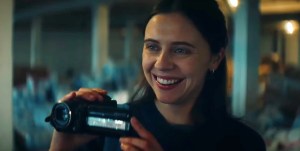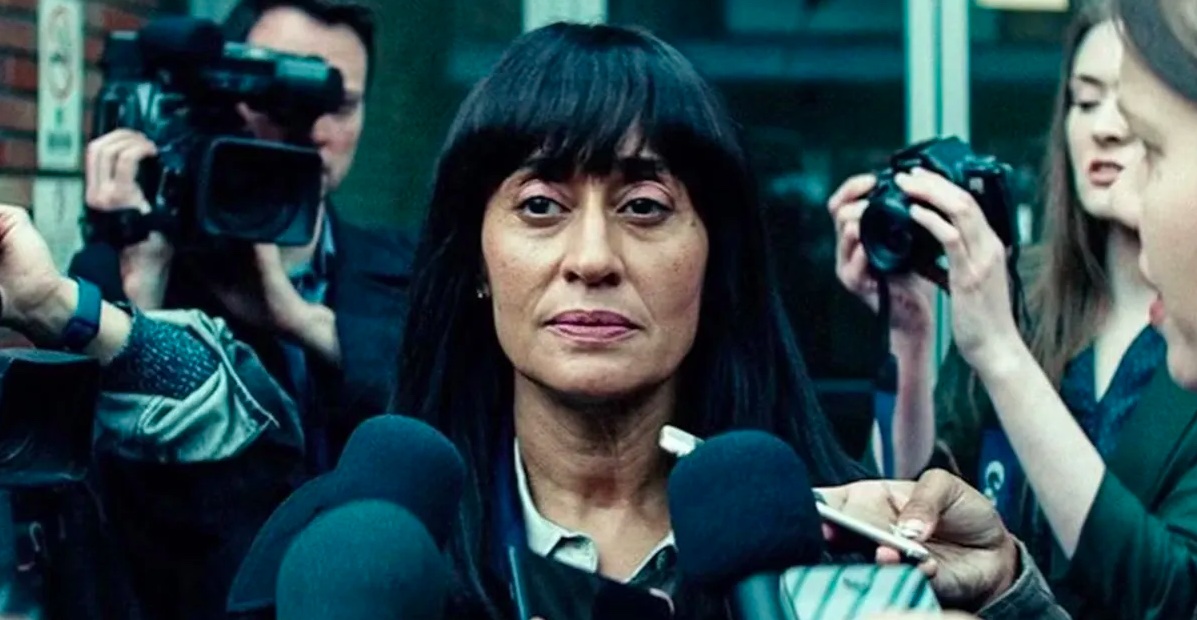Written and directed by Roxine Helberg, ‘Cold Copy’ presents a hard look at the current state of journalism and how far people are ready to go to get the stories that will make them famous. The protagonist of the film is a young woman named Mia Scott who wants the same level of success as Diane Heger, a popular newscaster and journalist, who has made a reputation for herself by pulling the truth out of people in front of the camera. The film dives so deep into the psyche of the characters that they seem to pop out of the screen and feel all too real to the audience.
Mia and Diane Represent the Twisted Nature of Journalism
For Roxine Helberg, the idea to write ‘Cold Copy’ came from the increasingly degrading state of journalism and how it seemed more invested in capturing the attention of the audience by any means possible instead of being invested in bringing out the truth for the people. The effect of social media and getting the number of likes and views seemed to have percolated into journalism, and it didn’t matter whether the stories were real or fabricated as long as they were “interesting and provocative.”

Helberg wanted to explore the psychological impact of this approach through the eyes of two journalists, one of whom has already accepted it as a norm while the other is still learning the ropes and figuring out that the truth doesn’t matter as much as she thought it does. Her focus was on writing “transgressive flawed women” while also wanting to focus on “the sort of power dance” between two “increasingly corrupted” people who thirst for validation. She compared the dynamic between Diane and Mia with that of Victor Frankenstein and his Monster, with neither Diane nor Frankenstein considering the moral and ethical ramifications of their actions. For the writer, Diane was morphing Mia in her own image, not realizing that the very things she teaches the novice might someday become the reason for her own destruction.
Helberg knew that her characters were similar despite being at different points in their lives and careers. They are drawn to each other because they find a connection with one another that they don’t find with anyone else, but they also fuel each other’s toxic traits, one making the other feel validated for having thoughts and feelings that would otherwise be considered bad by others.
To make her characters seem as real as possible, Helberg dove into research and spent a lot of time watching “dark-driven news shows” that have the charisma of the presenter front and center. She wanted to explore the “unnerving angle of” the news relayed by “a transformative face and mouth.” Her references included but were not limited to Christiane Amanpour and Oriana Fallaci, whose “darkened version” led to the creation of Diane Heger. Actress Tracee Ellis Ross revealed that she had to restrain a lot of her own physical traits, like talking with her hands and smiling a lot, to play Diane. She also researched the history of female newscasters to understand the journey that Diane may have been through to lead her to the point where she is introduced to the audience in the film.

For Mia, Helberg tapped into her experience as a novice in Hollywood to create the wide-eyed journalist who has no idea what is in store for her. She described Mia as “a character who feels a pressure that [Helberg] also had felt,” but with Mia, it turns into a cautionary tale after the events in the movie “cathartically play out the worst eventuality of that insecurity.” She also revealed that actress Bel Powley had been in her mind while writing Mia. She had first come across Powley’s work in ‘Diary of a Teenage Girl’ which was recommended to her by Jean-Marc Vallée. She found that Powley could walk that fine balance between being the naive young journalist while also portraying the character’s sharp and ruthless edge.
Considering everything, the casting worked out really well for the film, with both actresses embodying their roles with a keen sensitivity. So, even though the characters are entirely fictional, the writer and the actors grounded them in reality so much that they would seem all too real to the audience.
Read More: Is Pepan Based on a Real Auschwitz Tattooist? What Happens to Him?


